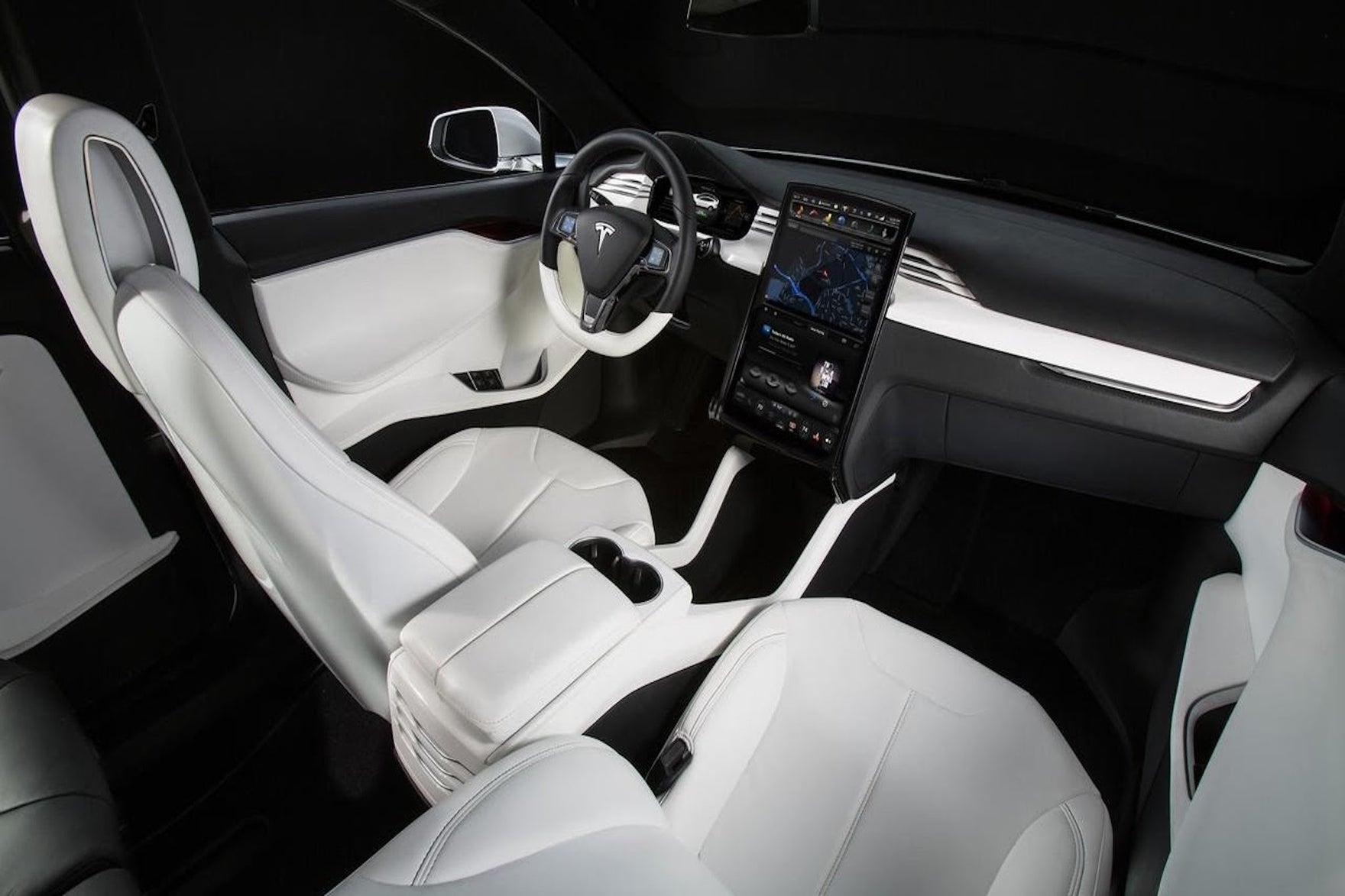Microfiber vegan leather is a versatile material that can be used in a wide range of applications. Here are some of the most common uses of microfiber vegan leather:
-
Furniture: Microfiber vegan leather is often used as a durable and low-maintenance alternative to genuine leather in the production of furniture such as sofas, chairs, and ottomans.
-
Automotive interiors: Microfiber vegan leather is increasingly being used in the production of car interiors, as it is more resistant to wear and tear, water damage, and staining than genuine leather.
-
Clothing and accessories: Microfiber vegan leather is a popular choice for clothing and accessories such as jackets, boots, handbags, and wallets, as it offers a stylish and sustainable alternative to traditional leather.
-
Upholstery: Microfiber vegan leather is commonly used for upholstering surfaces such as walls, ceilings, and headboards, as it is easy to clean and maintain.
-
Electronics and tech accessories: Microfiber vegan leather is also being used in the production of electronics and tech accessories such as phone cases and laptop sleeves, as it offers a sleek and stylish alternative to traditional materials.
Overall, microfiber vegan leather is a versatile material that can be customized to meet the specific needs and preferences of different customers. It is a sustainable and eco-friendly alternative to traditional leather that is becoming increasingly popular in a wide range of industries and applications. Microfiber leather is considered a more sustainable alternative to traditional leather for several reasons:
-
No animals are harmed: Microfiber leather is made entirely from synthetic materials, which means that no animals are harmed or killed in its production.
-
Less resource-intensive: The production of traditional leather requires a significant amount of resources, including water, energy, and chemicals. Microfiber leather, on the other hand, requires less water and energy to produce, and the process is typically less polluting.
-
More durable: Microfiber leather is often more durable than traditional leather, which means that products made from this material are likely to last longer and require fewer replacements over time. This can help to reduce waste and the environmental impact of production.
-
Customizable: Microfiber leather can be produced in a wide range of colors and textures, which means that it can be customized to meet the specific needs and preferences of different customers. This can help to reduce waste and ensure that products are produced more efficiently.
-
Recyclable: Microfiber leather can be recycled at the end of its useful life, which means that it can be reused or repurposed instead of ending up in a landfill.
In conclusion, the use of microfiber leather can help to reduce the environmental impact of the fashion and textile industries and promote more sustainable production practices.

